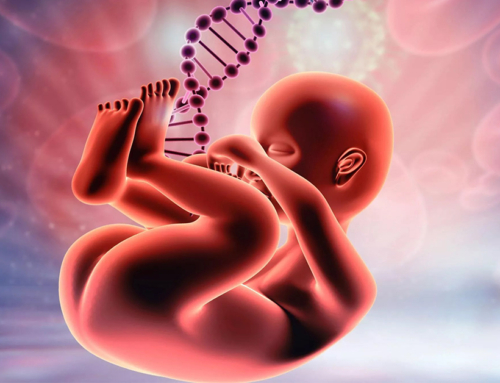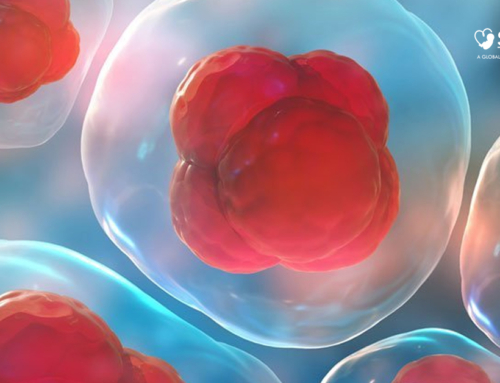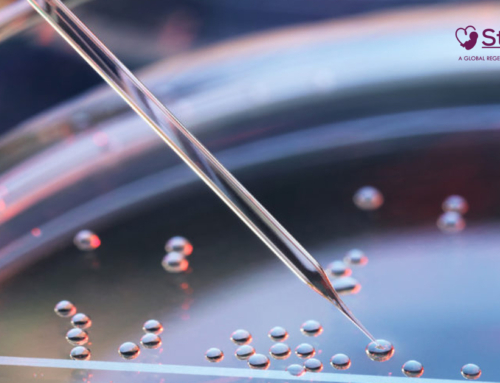In the past few years, Stem Cells and Stem Cells transplant has become a promising topic in research & science. However, many of us are still not aware about Stem Cells basics like Stem Cells definition, Stem Cells types, sources of Stem Cells, Stem Cells banking, etc.
Here is a comprehensive guide to Stem Cells – what are Stem Cells, sources of Stem Cells, types of Stem Cells, where do Stem Cells come from, where are Stem Cells found, what are Stem Cells used for, why are Stem Cells important and benefits of Stem Cells and much more.
What are Stem Cells?
Stem Cells – The Building Block of the Body
As we all are aware that our human body is made up of many different types of cells. These cells function together in a systematic way for the body to operate and work properly. Most cells are specialized to perform particular functions, E.g.- Red blood cells that carry oxygen around our body in the blood, their function is specific and they are unable to divide or grow. Many of you are still wondering what are Stem Cells and why are Stem Cells important?
Let’s start with the basics Stem Cells definition: Stem Cells are considered the “Master Cells” or the “Mother Cells” of the body as they have this outstanding characteristic to renew and divide themselves. They are the undifferentiated cells that can further be differentiated into specific cell types. A person’s body has Stem Cells throughout their life which when old cells die generate new cells. What do Stem Cells do? Simple; they have this unique ability to multiply an infinite number of times. Hence, they are rightfully known to be the building block of our body!
Our basic understanding of Stem Cells has improved throughout past years and scientists are still discovering the potential power of Stem Cells. The major and most important source is Umbilical Cord Blood which contains raw Stem Cells. Where do Stem Cells come or what are the sources of Stem Cells? The following are the sources of Stem Cells
- Peripheral Blood
- Bone Marrow
- Umbilical Cord Blood
- Dental Pulp
- Adipose Tissue
Unique properties of Stem Cells
How do Stem Cells work? Stem Cells have these two unique abilities which are
1) Self-renew
Stem Cells can self-renew. In common language, they can make an exact copy of themselves. They are unspecialized cells capable of renewing themselves through cell division. When a Stem Cells is divided each cell has the potential to remain a Stem Cells or become another specialized cell. Under certain physiologic or experimental conditions, they can be induced to become tissue or organ-specific cells with special functions.
2) Differentiation
The other extraordinary property of Stem Cells is differentiation. They can be further differentiated into blood cells, nerve cells, muscle cells, or skin cells and can also be called human Stem Cells or adult Stem Cells.
Some other unique characteristic features of Stem Cells are as below:
Homing: Travel to the site of damage where regeneration is required.
Engraftment: Settle down, grow & multiply.
Plasticity: Potential to change into another cell.
What are the different types of Stem Cells?
Broadly there are 3 major types of Stem Cells they are:
1) Embryonic Stem Cells
Embryonic Stem Cells are Multipotent, Totipotent & Pluripotent cells obtained from Blastocysts. Multipotent means they can give rise to multiple cell types e.g.- fetal Stem Cells, adult Stem Cells, and cord blood. Totipotent cells have the potential to divide until it creates an entire, complete organism, e.g.- cells from early embryos. Pluripotent meaning, they can give rise to every cell type in the fully formed body, but not the placenta, umbilical cord and somecells from the Blastocyst. When a sperm fertilizes an egg, it forms a zygote. A zygote is the ultimate powerful Stem Cells as considered by scientists. As it further undergoes mitosis it makes a lot of new cells specialized and unspecialized.
2) Adult Stem Cells
Currently, the main source of adult Stem Cells is bone marrow and the bloodstream. Unlike, embryonic Stem Cells, adult Stem Cells are stored in the body to replace damaged or dead cells in the specific tissue. For e.g.-Skin has a large supply of skin Stem Cells, they multiply when needed. Adult Stem Cells can self-regenerate by asymmetric division, they are more specialized or committed progenitor cells with limited proliferation.
3) Induced Pluripotent Stem Cells (iPS)
Induced Pluripotent Stem Cells (iPS) are a type of pluripotent Stem Cells that is obtained from adult cells/human Stem Cells that have been genetically reprogrammed to an embryonic stem (ES) cell-like under laboratory conditions where Stem Cells are harvested. iPS cells are the most important tool to help scientists discover more about normal cells and conditions occurring if any, and also a critical tool for testing new drugs and therapies.
What are Stem Cells used for?
With all the important abilities of Stem Cells scientists believe it as a powerful source for understanding and treating various health conditions. Currently uses of Stem Cells includes the power to cure over 80+ health condition. It is used in transplantation for treating various life-threatening blood disorders like Leukaemia, Thalassemia, Sickle Cell Anaemia, Myeloma, and Lymphoma. The odds that you will use cord blood continue to increase as new therapies are being successfully proven.
Some other uses of Stem Cells are as below –
- Produce new cells in the laboratory or store them for future use
- To replace damaged organs or tissues
- Clinical research to further improve the causes of various conditions occurring
- Testing new drugs for safety
Your Baby’s Precious Stem Cells are Priceless make an informed decision and preserve it now with StemCyte India. Stem Cells holds the future possibilities!
I hope now you are a bit clear all about Stem Cells.
For more information on Stem Cells click the Link (Animation Video) :
Reference:
https://parentsguidecordblood.org/en/what-is-cord-blood/
https://www.ncbi.nlm.nih.gov/pmc/articles/PMC3170109/
https://www.stemcyte.com/stemcellsbuildingblocks/
https://www.healthline.com/health/baby/benefits-of-cord-blood-banking#cost/








Leave A Comment